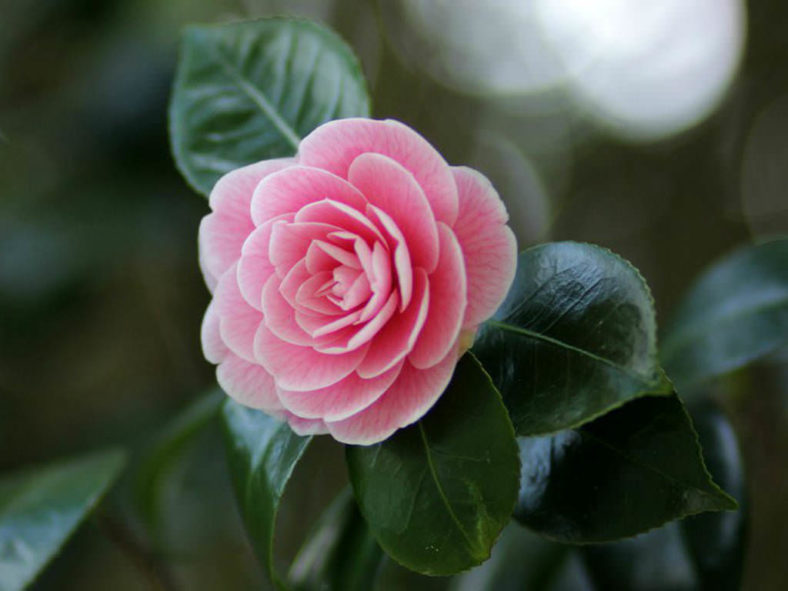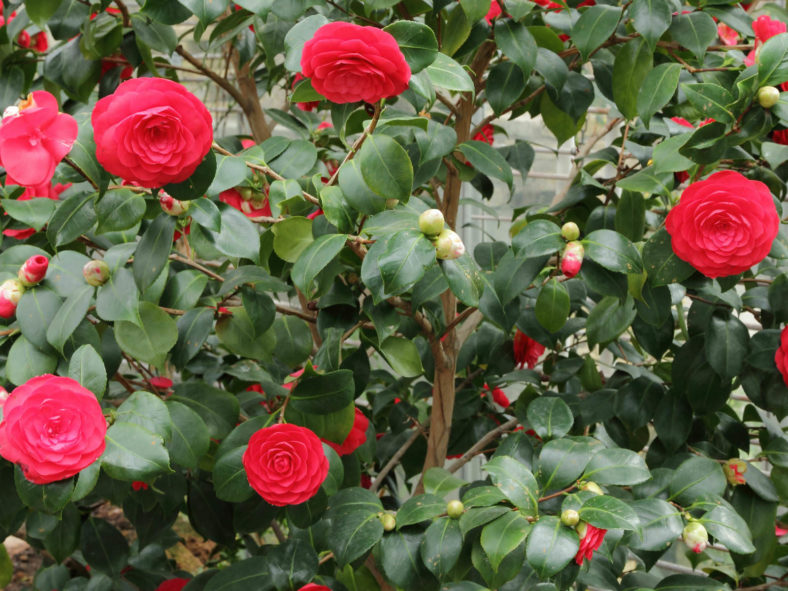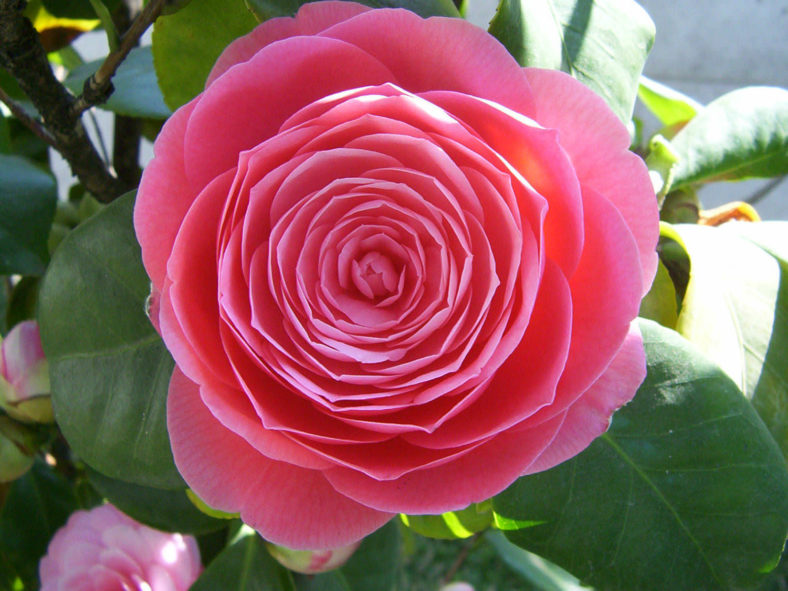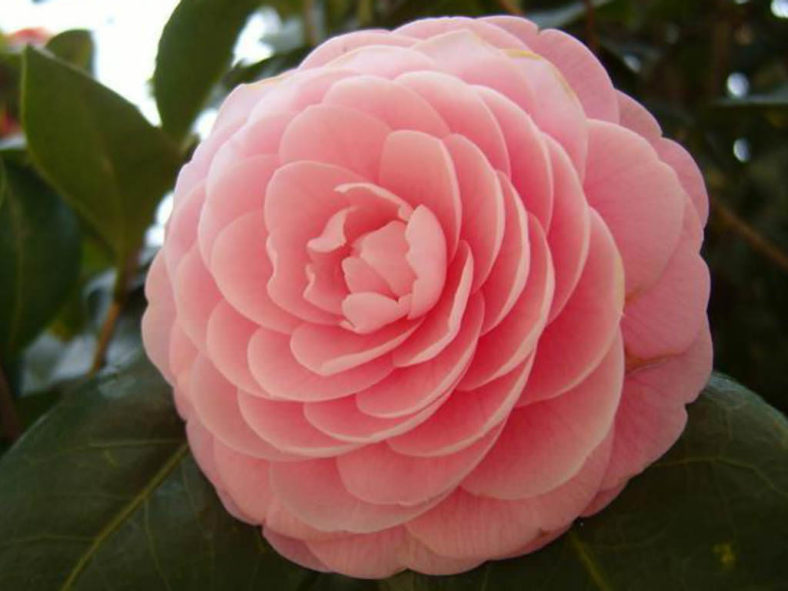Scientific Name
Camellia japonica L.
Common Name(s)
Camellia, Japanese Camellia, Rose of Winter
Synonym(s)
Camellia bonnardi, Camellia bonnardii, Camellia florida, Camellia hayaoi, Camellia hozanensis, Kemelia japonica, Thea japonica
Scientific Classification
Family: Theaceae
Subfamily: Cactoideae
Tribe: Cacteae
Genus: Camellia
Flower
Color: From pure white to deep red
Bloom Time: Winter to spring
Description
Camellia japonica is a flowering tree or shrub that usually grows up to 20 feet (6 m) but occasionally up to 36 feet (11 m) tall. The alternately arranged leathery leaves are dark green on the top side, paler on the underside, and up to 4 inches (10 cm) long.
The flowers range in color from pure white to deep red. They are up to 4 inches (10 cm) in diameter and appear from winter to spring.

How to Grow and Care
Choose a large rugged pot, terracotta, wood, or stone, and part fill with ericaceous compost, and then add your plant and backfill so that the level of the pot is level with the soil. Water well, preferably with water taken from a water butt. If you use tap water, which tends to be alkaline, allow it to stand for a morning first.
Re-pot it every other year into fresh potting compost. In the intervening years, remove the top 2 inches (5 cm) of compost and add fresh compost. You can re-pot back into the same pot if you trim off up to a third of the roots to make room for fresh potting compost or go up into a larger pot. This regime will keep your Camellia happy.
Camellias are fast-growing tap-rotted plants, and the new growth can snap off in windy positions, so staking is advisable for the first few years until the Camellia becomes bushy. However, once established, they tolerate windy conditions and are often used as windbreaks in gardens where they thrive.
See more at How to Grow and Care for Camellia.
Origin
Camellia japonica is native to China, Taiwan, southern Korea, and southern Japan.
Links
- Back to genus Camellia
- Plantpedia: Browse flowering plants by Scientific Name, Common Name, Genus, Family, USDA Hardiness Zone, or Origin
Photo Gallery
Click on a photo to see a larger version.




